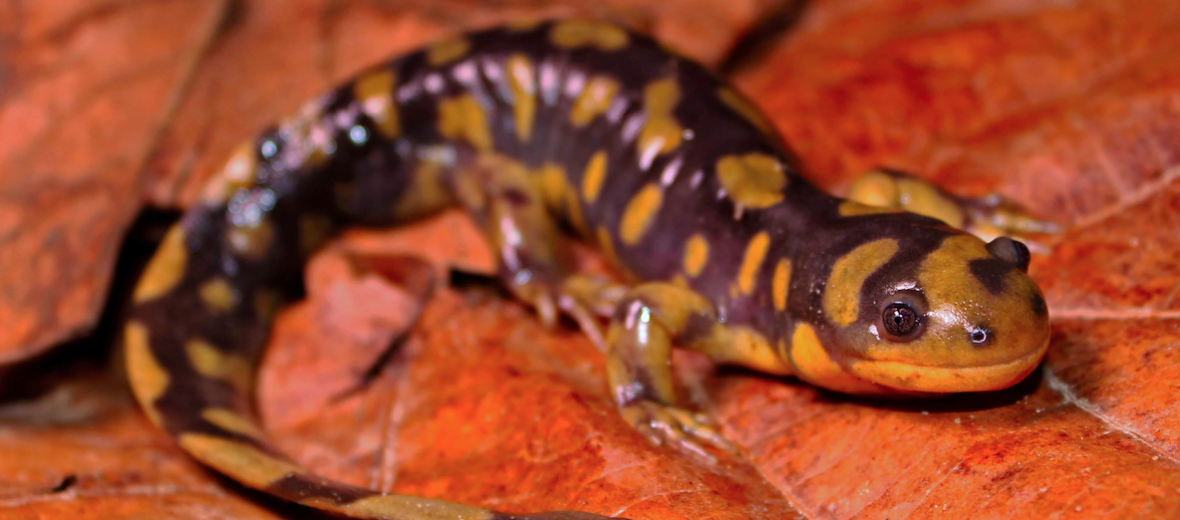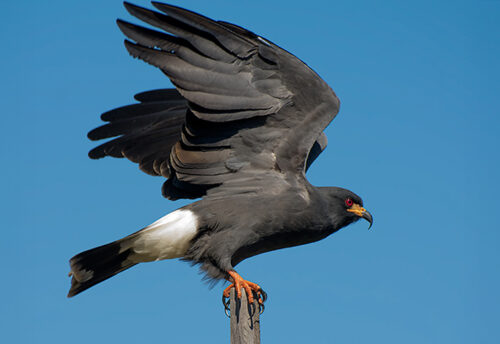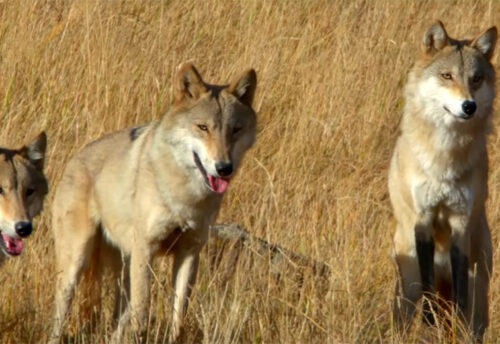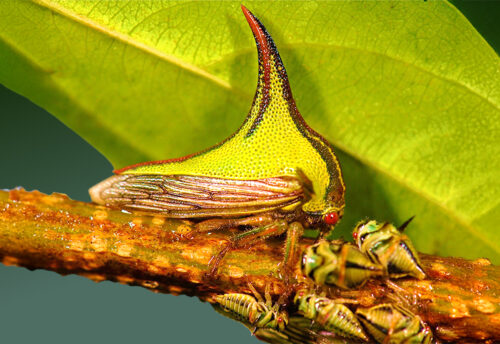
The eastern tiger salamander can be found from Canada on down south to the Mexico border, in the eastern half of North America. They prefer open, dry woodland habitats, prairies, and areas with damp soil. These are the largest land-based salamander in North America and 1 of the largest salamanders in the world, after the Japanese & Chinese giant salamanders and hellbenders. Due to their numbers, they are listed as Least Concern by the IUCN. However, their populations are decreasing throughout their range, due to habitat destruction.
First the Stats…
Scientific name: Ambystoma tigrinum
Weight: Up to 4.4+ ounces
Length: Up to 12+ inches
Lifespan: Up to 15 years
Now on to the Facts!
1.) Tiger salamanders prey on worms, snails, insects, frogs, smaller salamanders, slugs, and even each other.
2.) Badgers, bobcats, snakes, and owls prey on adults, whereas the larvae are preyed on by other amphibians and aquatic insects.
3.) Gular pumping (lowering & raising the floor of the mouth) is mainly used for breathing oxygen. However, as is the case with all amphibians, they can also breathe through their skin (dermal respiration).
4.) The tiger salamander can’t undergo augmentation (intentional loss of extremities) but if an extremity is lost, it will be regenerated but looks notably different.
5.) These salamanders are very loyal to the place of their birth and will travel a great distance to reproduce in the same location again and again.
But wait, there’s more on the eastern tiger salamander!
6.) Females deposit 1 or more egg masses, with up to 50 eggs per mass, each breeding season. Males fertilize the mass and life begins anew.
7.) It takes up to 3 months for a larval tiger salamander to reach maturity and leave the breeding pool.
Did you know…?
The largest recorded tiger salamander was measured at 13 inches!
8.) There is only a 50% chance that a female will breed more than once in her lifetime.
9.) Even though these salamanders are themselves immune to it, they are transmitters of Batrachochytrium dendrobatidis; the bacterium that causes the deadly chytrid fungus.
10.) They also can carry the ranavirus. This can cause mortality (death) in salamanders, frogs, and fish. Using tiger salamanders as fish bait dramatically increases the spread of the ranavirus. So don’t do it!
Now a Short Eastern Tiger Salamander Video!
Be sure to share & comment below! Also, check out the Critter Science YouTube channel. Videos added frequently!
Want to suggest a critter for me to write about? Let me know here.



